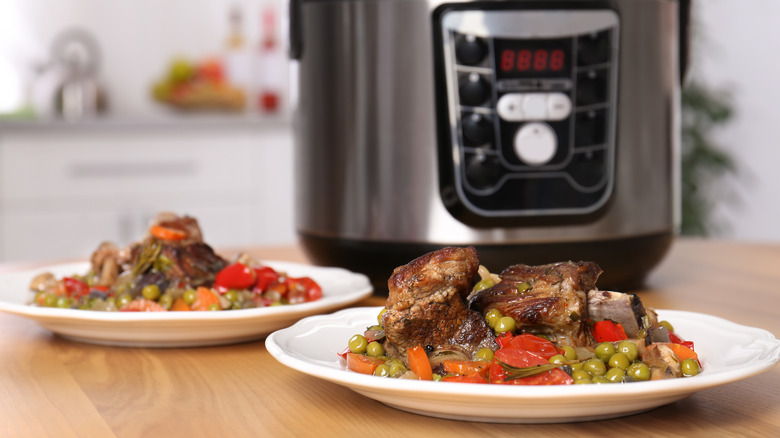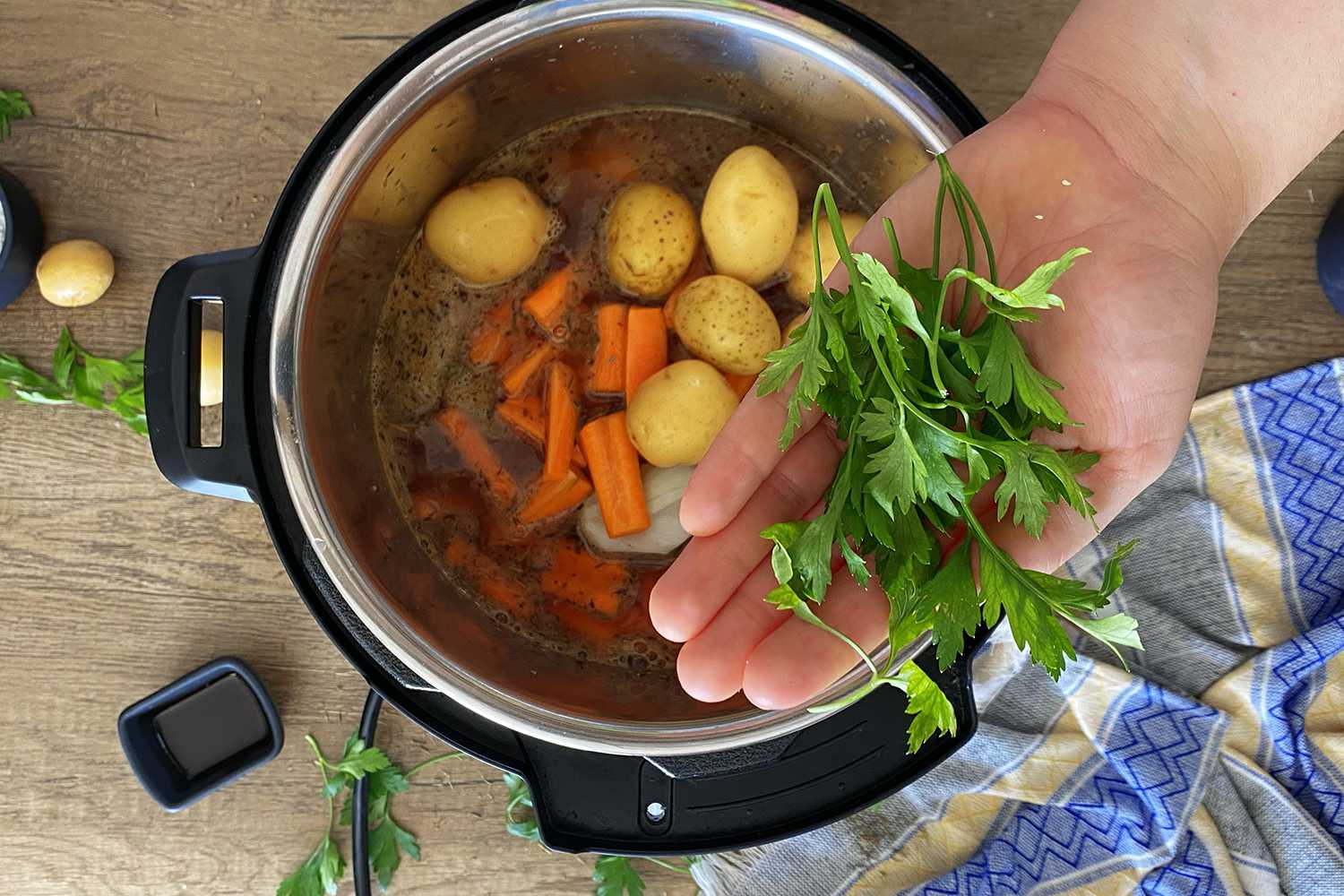Mastering the Art of Cooking Pasta in a Pressure Cooker: A Comprehensive Guide
Written By James Morgan
There's an age-old question that many cooking enthusiasts find themselves pondering: how to cook pasta in a pressure cooker. It's a technique that's gaining popularity for its efficiency and ability to deeply infuse flavors into the pasta. This guide will take you through every intricate step to ensure you get the perfect pasta every time.

Why Use a Pressure Cooker for Pasta?
The pressure cooker has long been a kitchen staple, thanks to its ability to cook food quickly while maintaining flavors and nutrients. When it comes to pasta, this appliance can significantly reduce cooking time, making it ideal for busy individuals or anyone looking to whip up a delicious meal in minutes. Unlike traditional boiling methods, a pressure cooker allows the pasta to cook in sauces and broths, infusing the flavors more intensely than ever before.

Essential Tools for Cooking Pasta in a Pressure Cooker
Before diving into the cooking process, it's crucial to gather all the essential tools and ingredients. Here's a comprehensive list of what you'll need:
Ingredients:
- 1 pound of pasta (any type)
- 4 cups of water or broth
- 1 tablespoon of olive oil
- 1 teaspoon of salt
- 1 cup of your favorite pasta sauce (marinara, alfredo, etc.)
- Optional: Vegetables (bell peppers, onions, tomatoes)
- Optional: Protein (chicken, beef, tofu)
Tools:

Step-by-Step Guide: How to Cook Pasta in a Pressure Cooker
Step 1: Preparation
Preparation is key when cooking pasta in a pressure cooker. Start by gathering all your ingredients and tools. If you plan on adding vegetables or proteins, chop them up using a knife and a cutting board. This ensures that everything is ready to go once you begin cooking. Wash your hands thoroughly to maintain hygiene.
Step 2: Sauting (Optional)
If you're adding vegetables or proteins to your pasta, consider sauting them first. Set your pressure cooker to the saut mode, add a tablespoon of olive oil, and toss in your chopped ingredients. Saut for about 5 minutes, or until the vegetables are tender and the protein is slightly browned. This step adds extra flavor and texture to your dish.
Step 3: Adding Liquid and Pasta
Next, add 4 cups of water or broth to the pressure cooker. The liquid is crucial as it prevents the pasta from sticking and ensures even cooking. Add a teaspoon of salt for seasoning. Once the liquid is in, add the pasta. Ensure that the pasta is fully submerged in the liquid but not overcrowded. Depending on the type of pasta, you may need to break it into smaller pieces to fit it comfortably in the cooker.
Step 4: Cooking
It's time to cook! Secure the lid on your pressure cooker and set it to high pressure. The cooking time will vary depending on the type of pasta you're using. As a general rule:
- For regular pasta: 4-5 minutes
- For whole wheat pasta: 5-6 minutes
- For gluten-free pasta: 3-4 minutes
Step 5: Adding Sauce
After the pressure has been released, open the lid and give your pasta a good stir. You'll notice that some liquid may remain; this is perfectly normal. Add your favorite pasta sauce to the cooker and mix it well with the pasta. Let it sit for a couple of minutes so the pasta can absorb the flavors of the sauce. If you prefer your pasta with extra vegetables or protein, fold them in at this stage.
Step 6: Garnishing and Serving
Your pasta is now ready! For an added touch, consider garnishing with freshly grated cheese, chopped herbs, or a sprinkle of chili flakes. Serve the pasta hot, and watch as your family or guests marvel at your culinary skills. This method of how to cook pasta in a pressure cooker not only ensures a delicious meal but also saves you valuable time.

Tips and Tricks for Perfect Pressure Cooker Pasta
Cooking pasta in a pressure cooker may seem straightforward, but a few tips can make all the difference. Firstly, always measure your liquid accurately. Too little liquid can result in burnt pasta, while too much can make it soggy. Secondly, avoid overfilling your pressure cooker. Pasta expands as it cooks, so leaving enough space is essential. If uncertain about cooking times, it's better to undercook slightly, as you can always let the pasta sit a bit longer in the sauce. Finally, experiment with different sauces and ingredients to find your perfect combination.
Cleaning and Maintenance
After enjoying your delicious pasta, cleanup is essential. Always follow the manufacturer's instructions for cleaning your pressure cooker. Typically, you'll need to disassemble the parts and wash them thoroughly with warm, soapy water. Rinse well and let them air dry before reassembling. For your cookware cleaner, ensure it is suitable for pressure cookers to avoid damage. Maintaining other tools like your knife and cutting board requires similar care. Use a cutting board oil to keep the board in good condition.
For a deeper understanding of pressure cooking, refer to this comprehensive article on pressure cooking basics.
As an Amazon Associate, I earn from qualifying purchases.
Further Reading
If you enjoyed this guide, you might also find these articles helpful:



